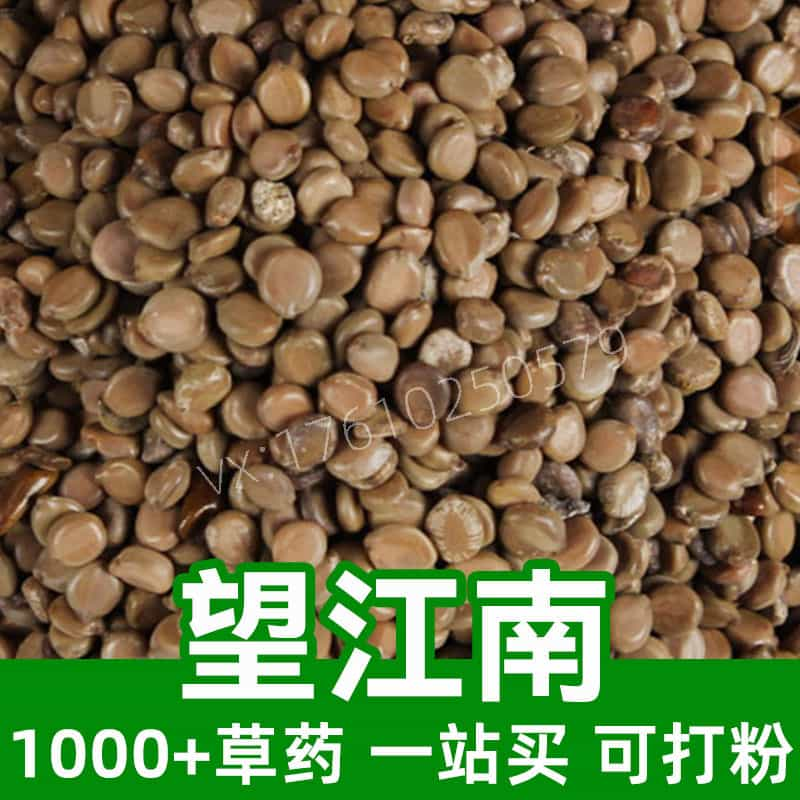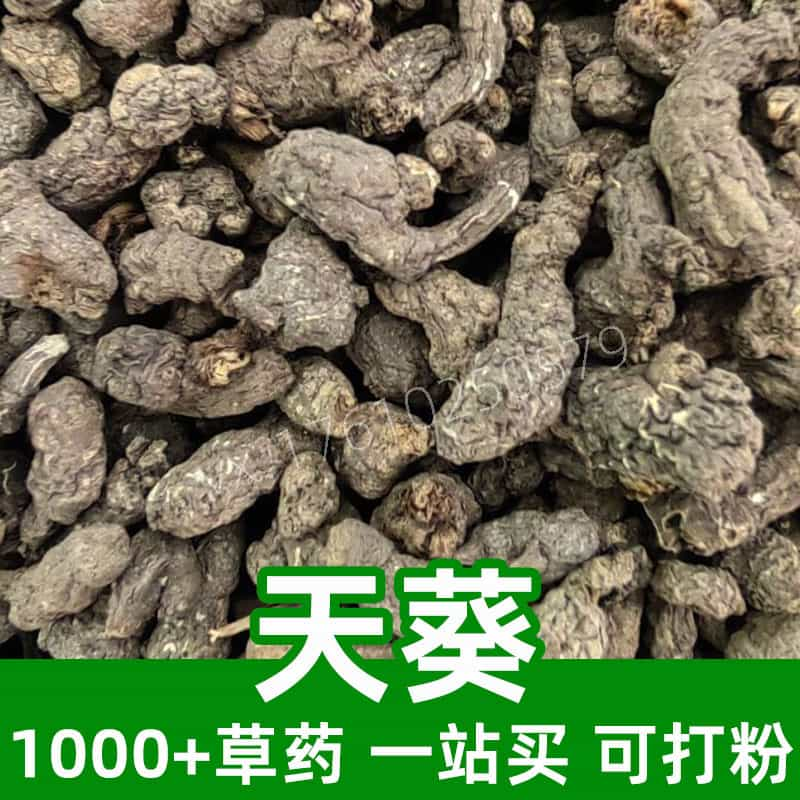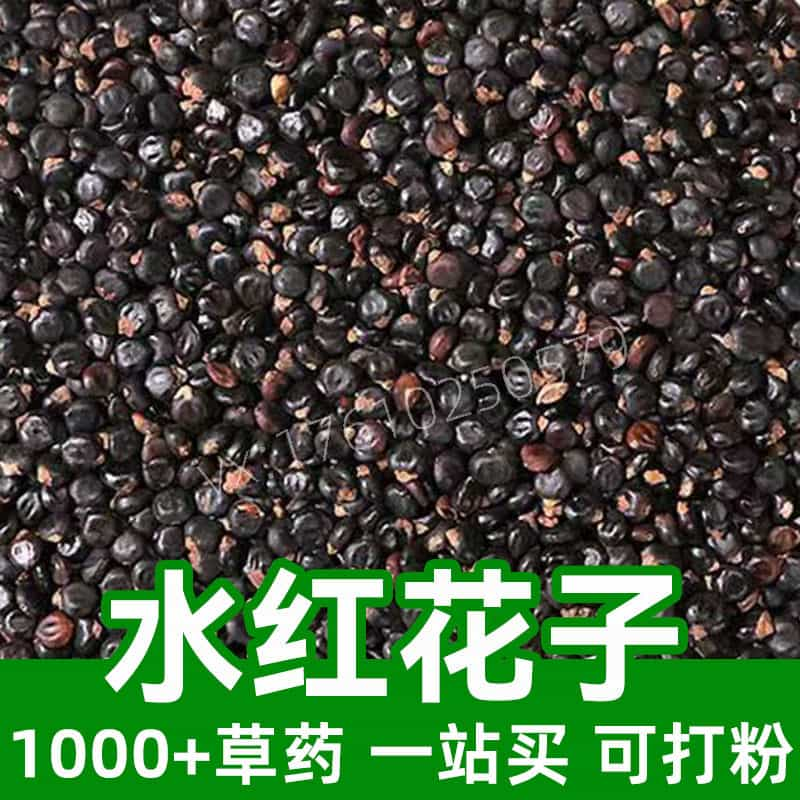Product Introduction
Almond shell, known scientifically as Prunus amygdalus pericarpium, is the hard outer covering of the almond nut. Traditionally, almond shells have been used in traditional Chinese medicine (TCM) due to their unique properties and benefits. This byproduct of almond production is not only a valuable component in herbal formulations but also serves as an important ingredient in various culinary practices.
Almonds themselves are rich in nutrients and have been cultivated for thousands of years, with origins tracing back to the Mediterranean regions. The shells, though often discarded, play a crucial role in Chinese herbal formulations, where they are believed to aid various physiological functions. Their applications in TCM include alleviating coughs associated with phlegm accumulation, promoting digestive health, and supporting lung function.
In addition to their medicinal uses, almond shells are increasingly being explored for their benefits in dietary applications and as a natural ingredient in food products. As awareness grows around sustainable practices, the use of almond shells signifies an innovative approach to utilizing what was once deemed waste, while also enriching diets and supporting health.
Main Active Ingredients
The almond shell is composed of several key active ingredients that contribute to its properties in herbal medicine. One of the main components is cellulose, which provides structural support to the shell. Cellulose is a type of polysaccharide that is not digestible by humans, yet it plays a critical role in promoting digestive health by adding bulk to stool and preventing constipation.
Another significant ingredient is lignin, a complex organic polymer found in the cell walls of certain plants; it contributes to the mechanical strength of the shell and has antioxidant properties. Lignin's presence makes almond shells valuable not just for their traditional uses but also for potential dietary benefits associated with fiber intake.
Hemicellulose is also prevalent in almond shells and, much like cellulose, contributes to dietary fiber content. It has been shown to support gut health and facilitate the smooth functioning of digestive processes.
Moreover, almond shells contain various phytochemicals, including flavonoids, which exhibit antioxidant properties and may help combat oxidative stress. These compounds are also responsible for the slightly bitter taste found in almond shells and may play a role in their therapeutic effects.
Overall, the successful integration of almond shells in herbal practices and food applications hinges on the careful understanding of these active ingredients, which combine to generate a unique profile of benefits that can be harnessed in various contexts.
Product Application Scenarios, Usage, and Dosage
In traditional Chinese medicine, almond shells, or Prunus amygdalus pericarpium, are primarily utilized for their phlegm-relieving and digestive-promoting properties. Their application is often seen in herbal concoctions that aim to regulate lung health and alleviate conditions characterized by coughs, especially those involving the production of phlegm.
In herbal formulations, the shells may be decocted or powdered and then combined with other medicinal herbs to enhance their therapeutic effectiveness. A common method of preparation involves simmering the shells with water to create a decoction, which can be consumed as a tea. The typical usage would involve taking approximately 9-15 grams of dried almond shells per day, either alone or as part of a more complex herbal blend.
In culinary applications, almond shells can be ground into a fine powder and used as a flavoring or thickening agent in various dishes, promoting both texture and health benefits. This innovative use aligns with current trends in food sustainability, where byproducts are creatively transformed into valuable ingredients.
However, it's vital to consult with a qualified herbalist or healthcare professional before beginning any herbal regimen, especially with unconventional ingredients such as almond shells. Dosages may vary based on individual health conditions and goals, emphasizing the need for personalized approaches.
Almond shells can also be found in health food products, supplements, or teas marketed for digestive health and respiratory support. Their incorporation into these formulations underscores the growing recognition of plant-based ingredients in health and nutrition.
Introduction to the Source Plant, Distribution, and Growth Environment
The almond tree, scientifically recognized as Prunus amygdalus, is a deciduous tree native to the Mediterranean region. It thrives in hardiness zones 5 through 9 and requires a climate characterized by warm, dry summers and cool, mild winters for optimal growth.
Almond trees can reach a height of up to 10 meters and are known for their delicate pink or white blossoms that bloom in early spring. The trees typically bear fruit in late summer or early fall, producing a drupe—a fruit with a hard seed inside, which is the almond nut. The outer layer of the drupe, commonly referred to as the almond shell, is usually discarded during the harvesting process.
Almond cultivation has expanded beyond its origins, with California becoming the largest producer of almonds globally, contributing to more than 80% of the world’s almond supply. The ideal growing conditions in California—including fertile soil, full sun exposure, and adequate irrigation—have led to its dominance in almond production.
In addition to California, almond trees are cultivated in several Mediterranean countries, such as Spain, Italy, and Australia. The increasing demand for almond products has prompted innovation in agricultural practices, aiming for sustainability while ensuring high yields to meet consumer needs.
Almond trees are typically grown in orchards and require specific care, including regular pruning and pest management, to maintain health and productivity. As a result, the shells generated from almond processing play a significant part not just in TCM, but also in promoting efficient production practices in the almond industry.
Harvesting, Processing, and Storage
Harvesting almond shells is part of the broader almond collection process, which typically occurs in late summer and early fall when the fruits are ripe. The almonds are shaken from the trees, allowing the outer husks to open, releasing the nuts inside. The harvesting machines capture both the nuts and their shells together.
Once collected, almonds undergo a series of processing stages to separate the nut from the shell. This includes drying the harvested products to reduce moisture levels, ensuring that the shells remain intact and are suitable for storage and further use. The drying process is critical, as excess moisture can lead to degradation and spoilage of the shells over time.
After processing, almond shells are sorted according to quality and size, with suitable shells earmarked for use in herbal medicines, food products, or even as natural mulch in agriculture. Depending on the end use, the shells may be left whole, crushed, or ground into a powder form for easy incorporation into various applications.
Storage of almond shells requires careful consideration to preserve their integrity and prevent spoilage. They should be kept in a cool, dry environment, ideally in airtight containers to protect against moisture and contaminants. When stored correctly, almond shells maintain their shelf life for extended periods, making them a versatile option for both medicinal and culinary uses.
The innovative utilization of almond shells reflects a growing trend in the food and health industries, where sustainability and holistic approaches are prioritized. By incorporating almond shells into various applications, we can both reduce waste and promote the beneficial properties inherent in this underused byproduct.
Overall, whether utilized in TCM or culinary ventures, proper harvesting, processing, and storage methods ensure that the valuable benefits of almond shells are preserved for consumers seeking natural alternatives.
Monica Sun is a seasoned expert in the natural raw materials industry, with over a decade of experience specializing in traditional Chinese medicinal herbs, spices, and fungi. She is skilled in the sourcing, processing, and application of these materials, emphasizing sustainability and innovation. Monica Sun has contributed to the development of high-quality natural raw materials that serve as essential components in functional foods, pharmaceuticals, and cosmetics, delivering tailored solutions to meet diverse market needs.













